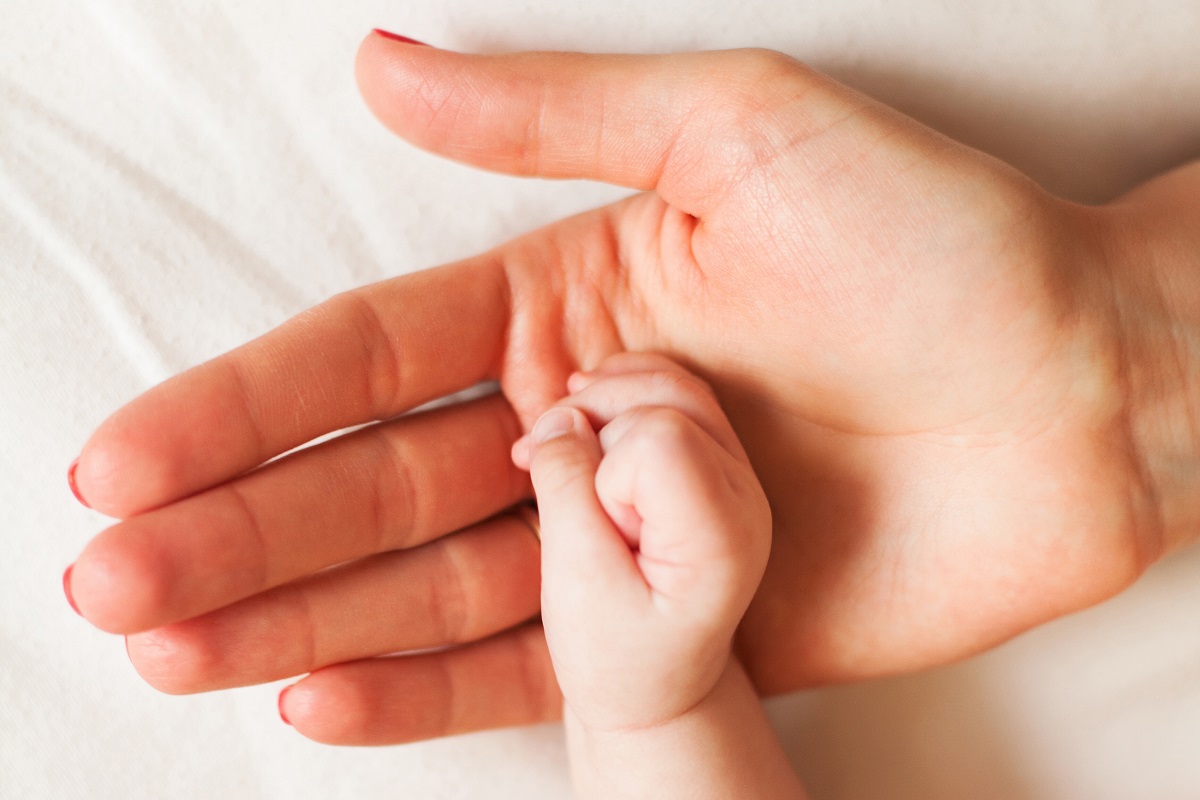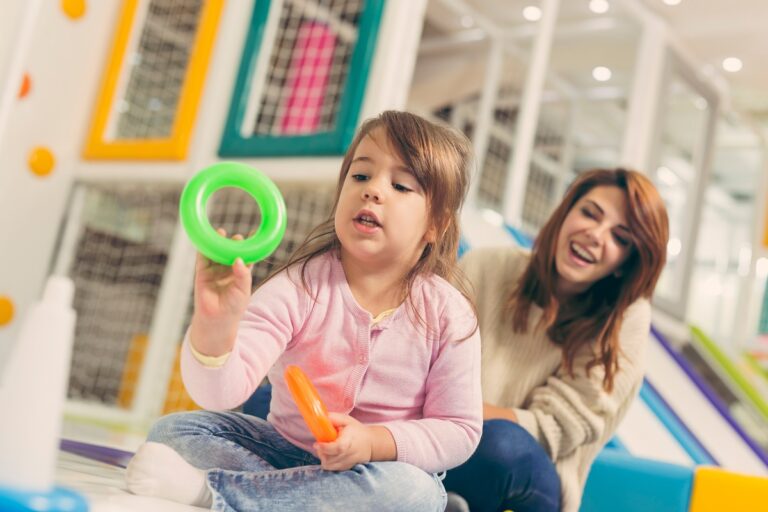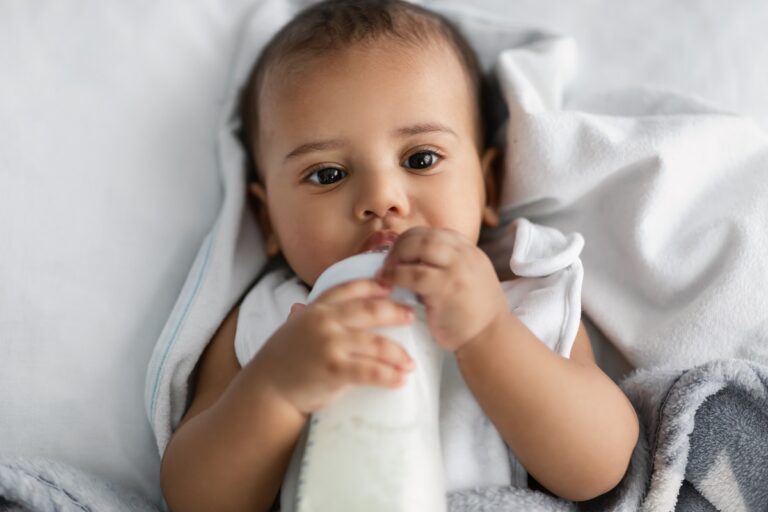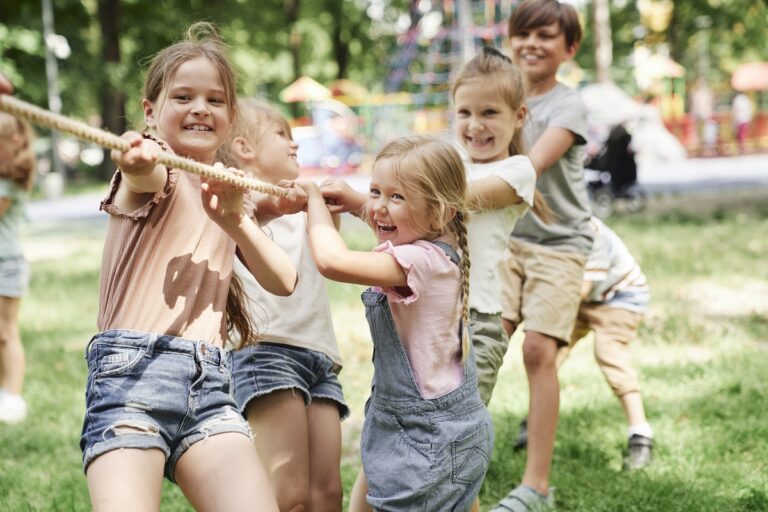As a parent, one of your top priorities is ensuring your child’s safety. But what are the specific safety needs of a child? What should you be doing to protect them? This post will outline the key factors of the safety needs of a child. And what parents can do to meet those needs.
The safety needs of a child are important for their development and well-being. It is vital that these needs are met in order to provide a safe and secure environment for them to grow up. There are many different aspects to consider when looking at the child safety needs, such as physical safety, emotional safety, social safety, and many more.
What are the key safety needs of kids?
In our society, there are a lot of things that we take for granted. We often don’t think about the safety needs of a child because we assume that their needs will be met by their parents or caregivers. However, it is important to remember that not all children are safe in all environments. In fact, some children need specialized care and protection to ensure their safety. Below are a few safety needs that children require and can’t be neglected
Protection from harm
One of the most important things you can do as a parent is to protect your child from harm. This includes physical, emotional, and sexual harm. Let’s explore each of these in more detail.
Physical Harm
Physical harm leading causes can, including instants like accidents, violence, and exposure to hazardous materials. You can help protect your child health by teaching them about safety, as when a child falls he/she needs to get up and fight it. By monitoring their activities so that they don’t get any unintentional injury, and keeping a close eye on the surroundings, especially in the first five years like from sharp corners in the house, dangerous products, when a child is small then even from high chairs, cleaning products and other dangerous household products.
Emotional Harm
Emotional harm can come from many sources when your child is in the child development phase few common examples includes bullying, peer pressure, and family conflict. You can help protect your child by teaching them about emotional safety since they are small children so that as they grow up they build up a strong ability to fight various types of emotional harm surrounding them.
Sexual Harm
Sexual harm most common cause and can, include strangers, acquaintances, and family members. You can help protect your child by teaching them about its leading causes, sexual safety, and prevention, monitoring their activities, and keeping a close eye on their environment.
Social Safety
Social safety needs are important for a child’s development and well-being. Social safety includes things like belonging, acceptance, and feeling valued. You can help meet your child’s social safety needs by providing them with opportunities to socialize with other children, teaching them about appropriate social interactions, and monitoring their activities.
Supervision and guidance
Another important safety need of a child is supervision and guidance. This includes providing structure and rules for their activities, as well as being available to help them when they need it.
You can help meet this need by being involved in your child’s life, setting clear expectations and rules, and being available to help them when they need it according to your child’s age group.
A safe environment
A third safety need of a child is a safe environment. This includes having a safe place to live, play, and learn. It also includes being aware of potential hazards in the home and community and taking steps to prevent them.
You can help create a safe environment for your child by making sure their home environment and community are safe, keeping an eye out for potential hazards, and taking steps to prevent them by taking active parents’ participation with high-quality care like installing smoke alarms, window guards, and getting them involved in child training and aid training.
Access to emergency services
A fourth safety need of a child is access to emergency services. This includes having a plan for what to do in case of an emergency and having the resources necessary to get help.
You can help ensure your child has access to emergency services by ensuring they know how to reach you in an emergency, having a plan for what to do in an emergency, and having the resources necessary to get help. Being a parent you should start teaching your kids since they are small children about smoke alarms and fire safety protocols, safety gates, and window safety, water safety and where are first aid, and knowledge of basic aid training and other basic safety measures.
As you can see, there are a variety of safety needs of a child. As a parent, you play a vital role in meeting these needs. By being involved in your child’s life, setting clear expectations and rules, being aware of potential hazards, and making your child know about them, you can help ensure your child safety.
What can parents do to meet the safety needs of children?
There are many things that parents can do to meet the safety needs of their children. Here are a few suggestions
- Provide a safe and secure home: This means making sure that the home is free of hazards and that the child has a safe place to sleep and play.
- Providing a healthy diet: Healthy diet is a must for growing kids for various types of child development ongoing, but with providing your child with a healthy diet is not all, you need to take various safety care, and even teach your kids when to have hot foods & hot water and when cold water & cold foods.
- Supervise the child: This means being aware of what the child is doing at all times and providing supervision when needed.
- Teach the child about safety: This includes teaching the child about things like stranger danger, how to cross the street safely, and what to do in an emergency.
- Be available to the child: This means being available to answer questions, provide support, and help the child when they need it. Creating a safe and nurturing environment for your child is one of the most important things you can do as a parent.
By being involved in your child’s life, setting clear expectations and rules, and being aware of potential hazards, you can help ensure your child safety and fulfill your child essential needs.
Why is safety important for a child?
Safety is important for a child for a number of reasons. First and foremost, it helps to protect them from harm. Whether that means keeping them away from dangerous items or situations, or teaching them how to react in an emergency, safety is vitally important.
In addition, safety helps instill a sense of confidence in children. When they know they are safe and sound, it gives them the freedom to explore their world and learn new things without fear. And finally, safety helps build trust between children and the adults in their lives. When children feel safe, they are more likely to open up and share their thoughts and feelings – which can lead to stronger relationships all around.
What are safety considerations for toddlers?
When it comes to toddlers, one of the most important things to keep in mind is that they are explorers. They are constantly learning and pushing their boundaries and every day learning new skills, so it’s important to make sure your home is toddler-proofed. Some safety considerations for toddlers include:
- Make sure all electrical cords are out of reach.
- Installing baby gates at the top and bottom of stairs.
- Make sure locked cupboard & cabinet with dangerous items like cleaning supplies or knives.
- Make sure there are no small objects lying around that young children could choke on.
- Teaching toddlers about dangerous items like fire and electricity.
- Never leave children unattended, even for a short period of time.
- Creating a safe outdoor play area for toddlers that is fenced in and free of hazards like poisonous plants or broken glass.
- It’s also important to teach your child about basic safety rules, such as not playing with knives or matches or other appliances, and never going near the stove or oven.
- Keep an eye on what types of toys they are playing with and that they stay away from hot surfaces.
- While feeding make sure the hotness of hot food & hot liquids and vice versa in case of cold food & cold liquids is according to your young child.
- Lastly, it’s always a good idea to have a first-aid kit on hand in case of any accidents.
The Final Wording:
It is important to remember that the safety needs of a child are constantly changing as they grow and develop. As a parent, you need to be aware of these changes and adjust your parenting accordingly. If you have any concerns about your child’s safety, please don’t hesitate to speak to a professional child care human services. They will be able to provide you with more information and resources.
Hope this blog provided you with some helpful key tips on what are the safety needs of a child! If you have any questions or would like to share your own experiences, please leave a comment below. And don’t forget to stay tuned for next amazing blog post! 🙂










